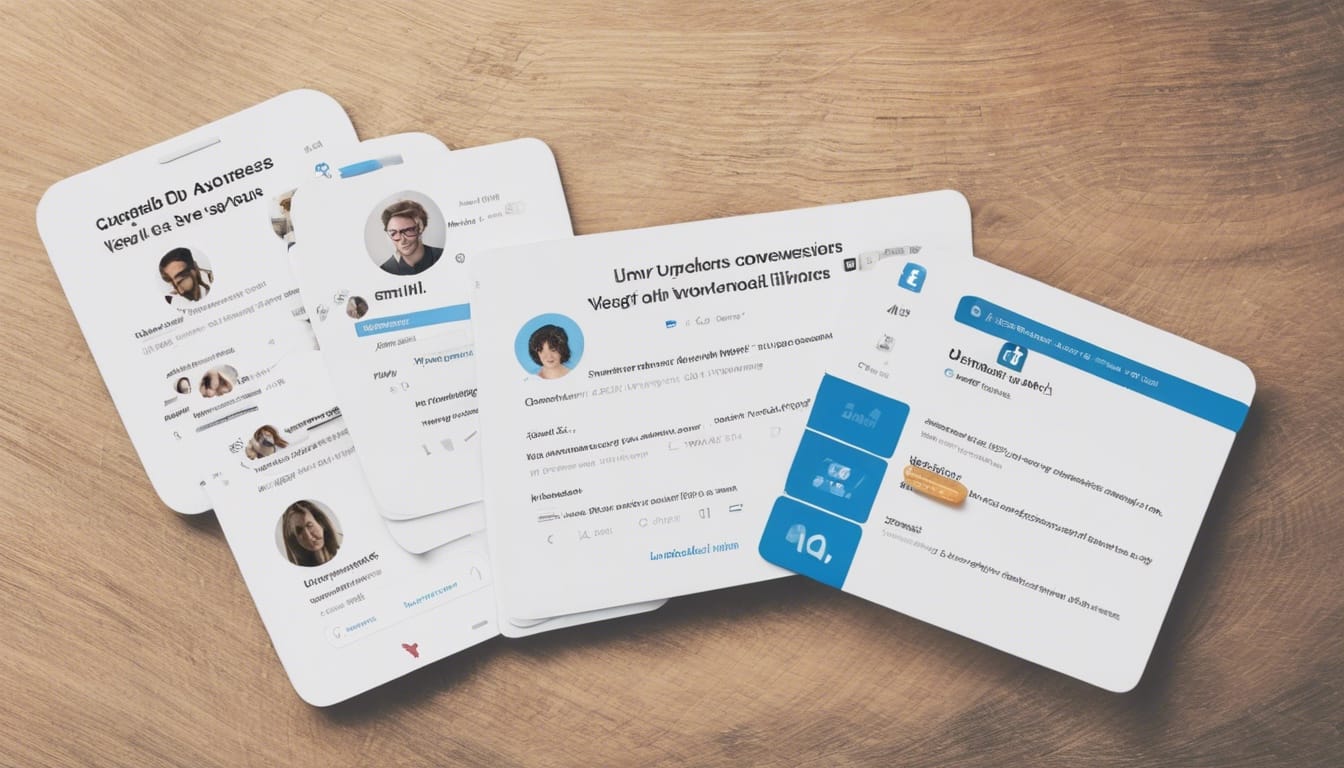LinkedIn Conversions API
The LinkedIn Conversions API is a tool that allows businesses to connect their offline and online data with LinkedIn.

The LinkedIn Conversions API is a tool that allows businesses to connect their offline and online data with LinkedIn. This means that businesses can see how their LinkedIn campaigns are influencing actions taken on their website, sales completed over the phone, or leads collected in-person at an event.
The Conversions API can be used to send marketing data directly from a business's server to LinkedIn. This data can then be used to measure the performance of LinkedIn campaigns and power campaign optimization. Additionally, the Conversions API can be used to improve full-funnel measurement by connecting online and offline conversions to LinkedIn. This allows businesses to measure performance across their entire customer journey.
There are two ways to implement the Conversions API: through a partner integration or a direct integration. Partner integrations are typically faster to implement, but they may have associated fees. Direct integrations require developer resources and ongoing maintenance, but they give businesses more control over their data sharing.
When using the Conversions API, businesses should be aware of the following data privacy information:
- Data is held for a maximum of 180 days and is then erased.
- Email addresses are hashed using SHA256.
- LinkedIn's Data Processing Agreement covers Conversions API.
- LinkedIn doesn't use your data beyond the sole purposes of this feature, on your behalf, as noted in Section 12 of the Ads Agreement.
Signal Quality for Conversions API
When advertisers stream conversion events to LinkedIn, the platform evaluates the signal quality of each event. Signal quality is a measure of how likely it is that the event can be matched to a LinkedIn profile. This is important because it can affect your conversion rates and cost per result (CPR).
LinkedIn currently has two signal quality statuses:
- Active: This means that the information the advertiser streamed to LinkedIn has a good chance of matching the event to a LinkedIn profile.
- Poor: This means that the information the advertiser streamed to LinkedIn is unlikely to successfully match the event to a LinkedIn profile.
The signal quality status is only applicable for conversions based on Direct API integration.
There are a number of things advertisers can do to improve the signal quality of your conversion events:
- Use user IDs: Whenever possible, advertisers should use user IDs to help match events to LinkedIn profiles. LinkedIn supports a variety of user IDs, including SHA256_EMAIL, LINKEDIN_FIRST_PARTY_ADS_TRACKING_UUID, ACXIOM_ID, ORACLE_MOAT_ID, firstName, lastName, companyName, title, countryCode, and LeadGenFormResponseUrn.
- Enable enhanced Conversion Tracking: Enhanced Conversion Tracking automatically adds a click ID to the end of landing page URLs, which can help to match events to LinkedIn profiles. To enable enhanced Conversion Tracking, you need to send the LINKEDIN_FIRST_PARTY_ADS_TRACKING_UUID (also known as li_fat_id) with each conversion event.
By following these tips, advertisers can improve the signal quality of your conversion events and increase your chances of matching them to LinkedIn profiles. This can lead to higher conversion rates and lower CPRs.

